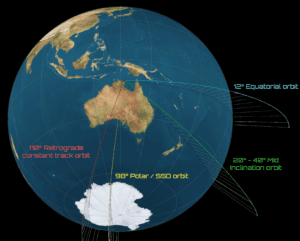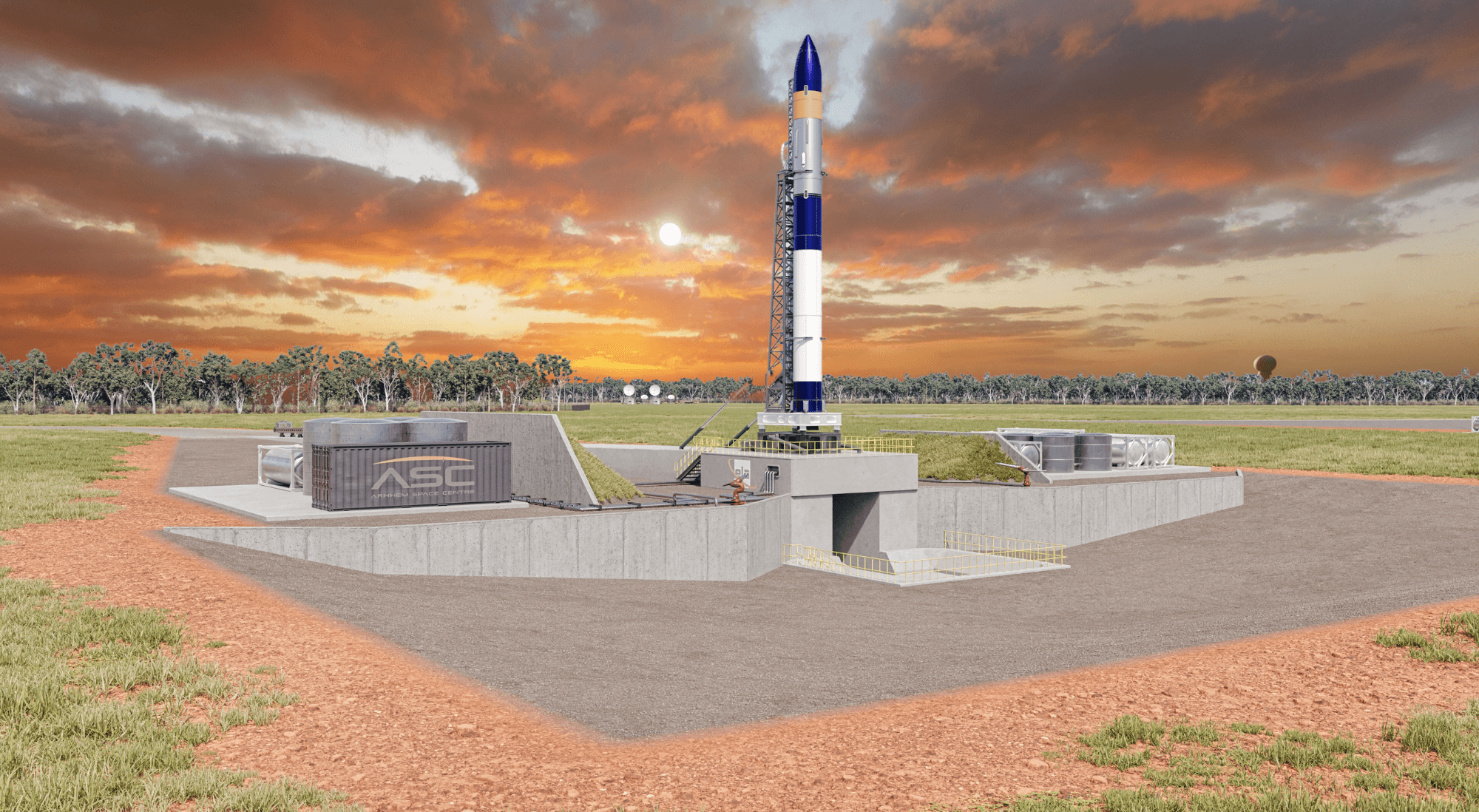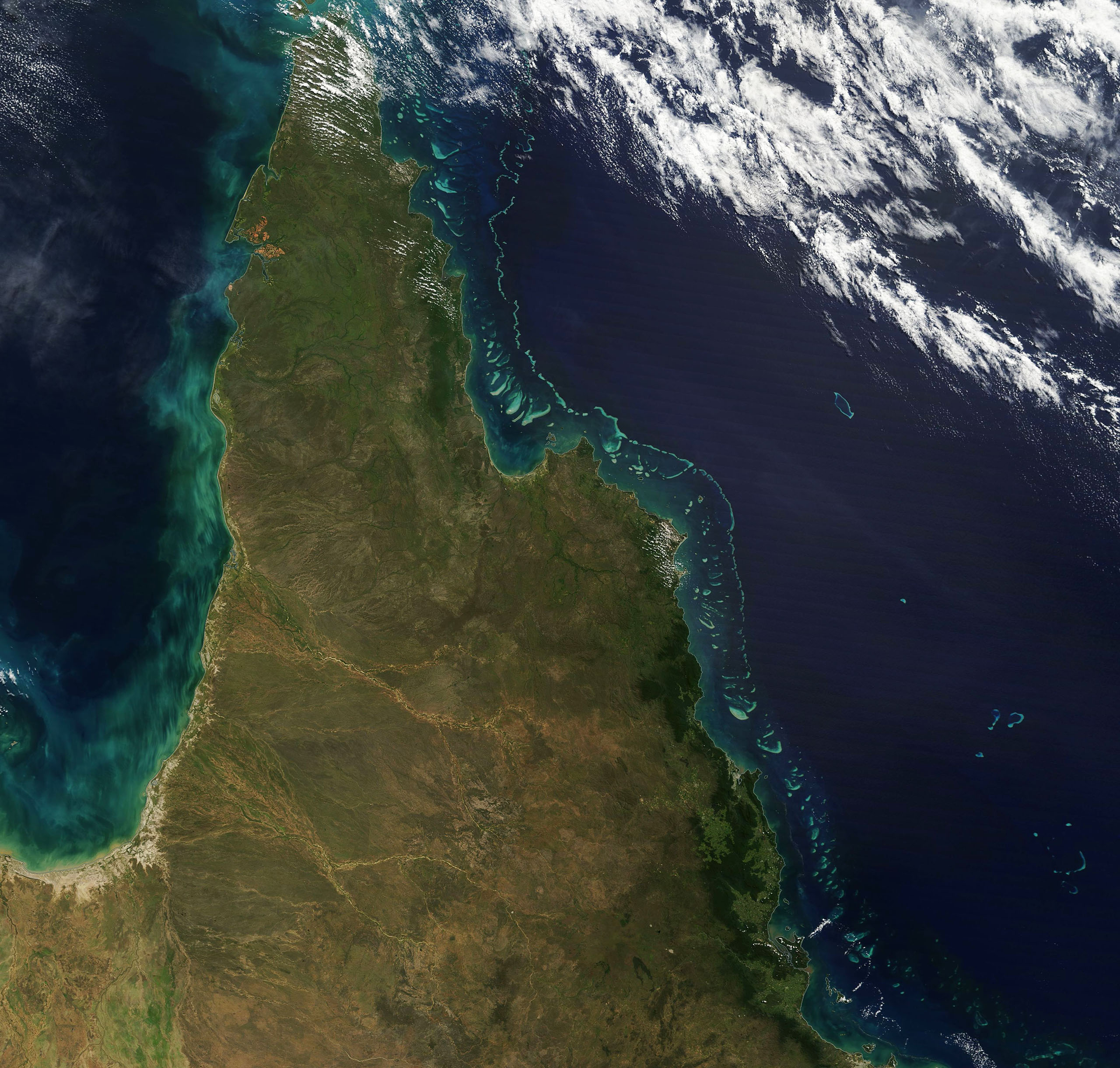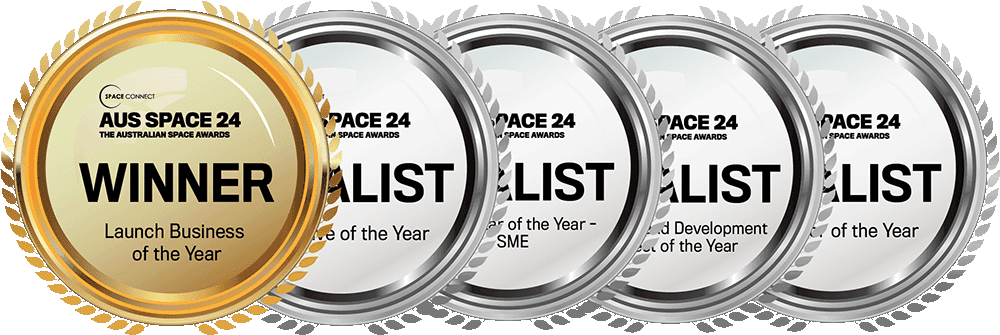More than 50 launches a year. That’s the goal for Equatorial Launch Australia’s spaceport in the Northern Territory. The Arnhem Space Centre (ASC), as the spaceport is known, is strategically located at the top of Australia in East Arnhem Land, about 35km from the town of Nhulunbuy. The ASC is the world’s leading multi-user commercial spaceport, and the only one to have successfully launched into space, three times. The location – on lands leased from traditional owners represented by the Gumatj Corporation – is 12o South of the equator. This was no accident. Spaceports located within +/- 15o of the equator provide a unique opportunity for rocket companies. Launching East from these locations allow rockets to be effectively launched with the positive benefit of the Earth’s rotational velocity – into the spin of the Earth.
Despite the obvious benefits for space launches, the location in the NT provides some challenges, however, ELA has taken an approach of rigorously evaluating each challenge and devising and implementing comprehensive solutions to turn those challenges into positives and offer its clients a compelling case for coming down under to launch to space. The logistics of getting rockets and sensitive high value payloads to the outback is one such challenge. “We have done an enormous amount of work and partnered with the very best sea freight, logistics and air freight companies in the world to come up with delivery systems that will be the envy of spaceports globally” said General Manager Operations and Launch, Ben Tett. “The other challenge we really focus on is maximising the mission reliability and mission assurance aspect for each client. One element of this requires us to be a bit of a ‘Swiss army knife’ for each customer by designing advanced and flexible launch systems that can be adapted to the particular demands and specifications of each client.”
Discussing the mission benefits of launching from an equatorial spaceport, Mission & Orbit Specialist, Stephanie Marsh, from ELA’s Launch Operations Team said “the surface of the Earth is travelling faster at the equator than at any other point on the globe - 460m/s- due to the rotational motion of the planet. As a result, rockets launched from sites near the equator receive an additional natural boost to get into orbit, reducing the amount and cost of fuel needed, and thereby increasing payload capacity,” she said. “At a 12o South latitude, the ASC greatly benefits from this effect of Earth's rotation, and this advantage – achievable because of our spaceport’s location – can be leveraged by rocket companies looking to capitalise on launch efficiencies.”

Orbit options from the Arnhem Space Centre – a unique feature of the ASC’s location is the ability to efficiently access equatorial orbits (altitudes indicative only).
ELA’s Launch Operations Team is also working on other launch efficiencies for its customers. Ben adds that there are a number of services that ELA will be offering customers considering launching from the ASC, that set it apart from other launch sites around the world. In addition to a unique service offering and suite of value-added services and customised facilities which are provided to launchers and designed to make rocket companies lives easier, ELA has complete control over the operation of the ASC range and launch schedule. “The ASC is a commercially controlled range, as opposed to one that is controlled by governments,” said Ben. “This feature in itself, allows for the ability to control the launch schedule and required airspace restricted areas such that if weather conditions are looking poor for a scheduled launch date and everything is ready for launch, the launch can go ahead early,” he said. “This is what occurred for the third launch we did with NASA in mid-2022 which was unique for them because it meant that instead of risking a week of scrubs (cancelled launches) due to weather, we were able to be flexible to ensure the launch occurred ahead of plan, which almost never happens in space launch.”
Other orbit options from the ASC
Launch scheduling is not the only flexible option available to customers using ELA’s Arnhem Space Centre. The spaceport also offers a number of orbit capability options.
Low-mid inclination orbits between 20 to 40o inclinations (or tilt of the orbit from the reference plane of the equator) are also feasible from the ASC. The extra analysis ELA conducts during the Australian Launch Permit process for each rocket ensures that these inclinations are planned and conducted safely and in accordance with risk hazard analysis regulations in the Australian Flight Safety Code.
The ASC can also provide access to polar orbits subject to risk analysis and mission objectives. Polar orbits pass over (or nearly over) the poles of the Earth, with deviations of up to 30 degrees still classed as polar orbits. Like other international space ports such as Vandenberg on the US West Coast, for southern launches from ASC a small ‘dog-leg’ manoeuvre is required to avoid Groote Eylandt but the launch then generally has a clear pathway over the very low populated areas of interior Australia.
Sun-Synchronous Orbits
Sun-Synchronous Orbits (SSOs) are a special type of polar Low Earth Orbit (LEO) sought after for the global coverage and consistent positioning that they provide in relation to the movement of the sun. To achieve and sustain an SSO, the nodal precession rate of the orbit must be equal to the Earth's mean motion. “This requires launching to very specific inclinations,” said Stephanie. “Generally, between 97 and 98 degrees, as dependent on the altitude to which the rocket is launching.”
Launching over land – a unique opportunity in Australia Australia presents the unique opportunity for launching over land, as its deserts form the largest arid region in the southern hemisphere with some of the lowest recorded population densities in the world. With population densities as low as one person per 100-200km2, launching over land becomes a feasible alternative in Australia to launching exclusively over ocean, which is being done by the majority of other launch sites in the world. “This ability to access low, mid and high inclination orbits is of great benefit for international clients seeking primary or secondary launch locations that can provide this range of orbits, supporting them in servicing a wider range of payload clients,” said Ben.
Since the NASA launches in mid-2022, the Arnhem Space Centre has been undergoing a redevelopment to prepare for a higher launch cadence and provide more dedicated customer facilities. ‘Phase 2 is progressing well and is being rolled out since completing the NASA launches with expected completion by mid-2025,’ said Ben. ‘The inclusion of ITAR compliant, airconditioned and humidity controlled horizontal rocket and payload integration facilities with ISO 8 clean rooms; customisable launch pad mounting configurations, and enhanced mission centres utilising innovative Epsilon3 software for complex engineering, tracking and testing are all examples of lengths we are going to on our mission to be the pre-eminent multi-user commercial space launch company, offering world-class launch services.’

Artist impression of a standard launch pad located within one of the seven Space Launch Complexes at the Arnhem Space Centre.




